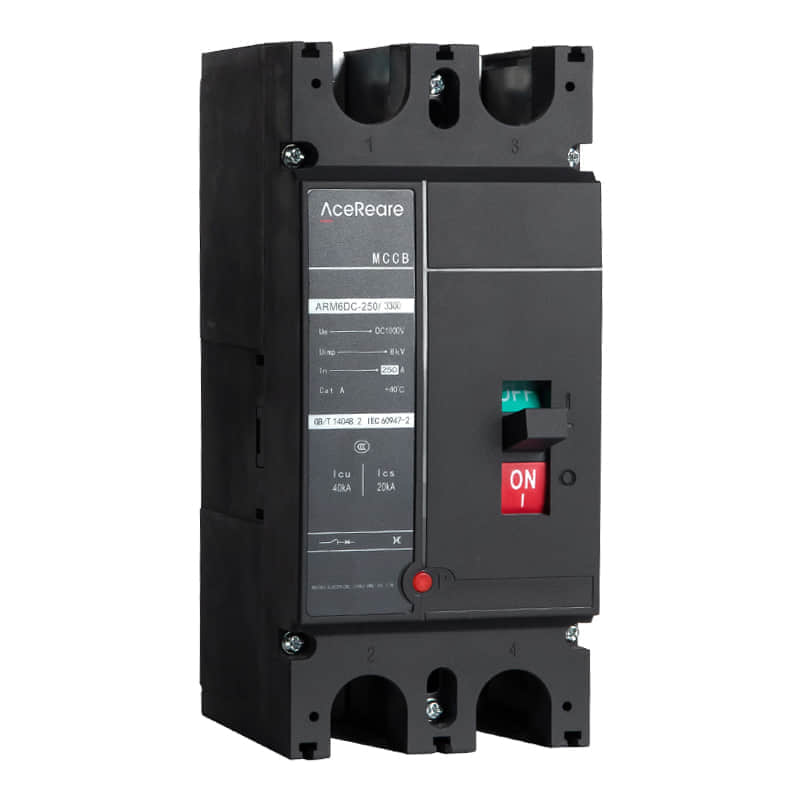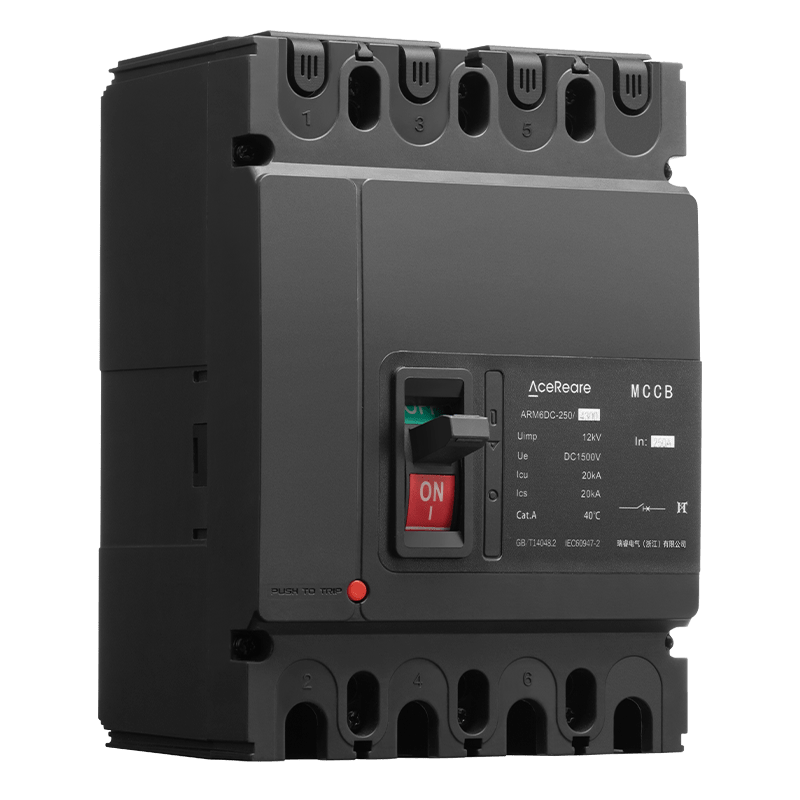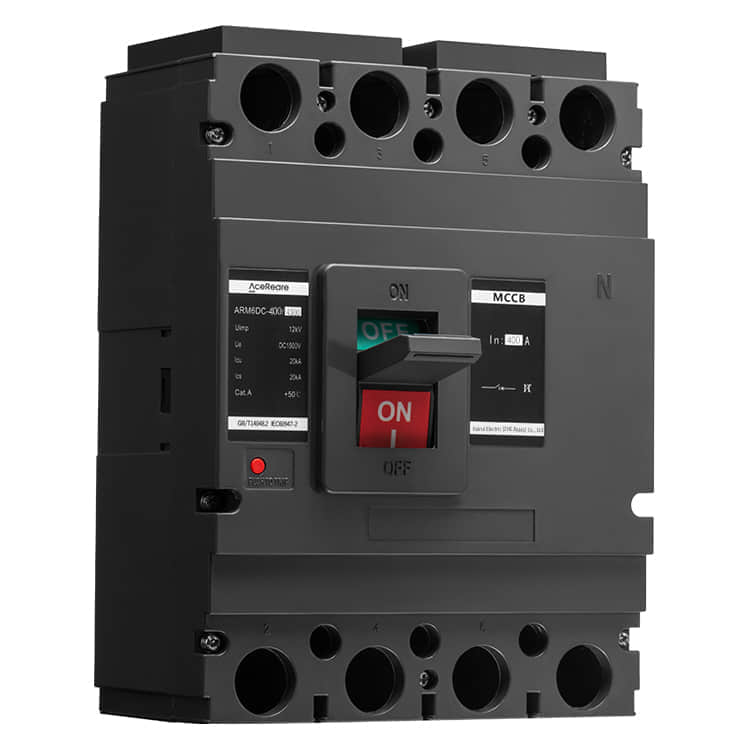In the dynamic realm of renewable energy, photovoltaic (PV) systems have emerged as a vital player, harnessing the power of the sun to generate electricity. However, as the popularity of PV systems grows, ensuring their safety and efficiency becomes paramount. One essential component that contributes significantly to this aspect is the Moulded Case Circuit Breaker (MCCB). In this article, we delve into the role of MCCBs in PV systems, highlighting their importance in safeguarding both the equipment and the people involved.

Understanding MCCBs for PV Systems

MCCBs are electrical devices designed to protect circuits from overcurrents, short circuits, and other electrical faults. In the context of PV systems, they act as the first line of defense, preventing excessive current from damaging sensitive components like solar panels, inverters, and battery storage systems. The unique demands of PV systems require specialized MCCBs that can handle direct current (DC) and alternating current (AC) overcurrent protection, making them an integral part of the overall safety strategy. Features and Benefits MCCBs designed for PV applications come with a range of features tailored to the unique characteristics of solar energy systems. One of the key features is their ability to handle high DC voltages, which are typical in PV arrays. This feature is crucial in preventing electrical arcs that can occur in DC circuits with high voltages. Additionally, MCCBs incorporate adjustable trip settings, allowing for customization based on the specific requirements of the PV system. The thermal-magnetic trip mechanism within MCCBs offers precise and reliable protection. It responds to both overloads (prolonged excess current) and short circuits (sudden spikes in current) effectively. This capability not only safeguards the PV system’s components but also reduces downtime and maintenance costs. Enhancing Safety Safety is paramount in any electrical system, and PV installations are no exception. MCCBs provide a reliable means of isolating faulty sections of the PV array or the entire system during maintenance or emergencies. This ensures the safety of maintenance personnel and minimizes the risk of fire or other hazards. Moreover, in the event of a fault, MCCBs interrupt the circuit swiftly, preventing potential damage to expensive PV equipment and the overall installation. Boosting Efficiency Efficiency is a cornerstone of PV systems, and the role of MCCBs in this aspect should not be underestimated. By swiftly disconnecting faulty sections of the PV array, MCCBs prevent energy losses that would otherwise occur due to partial shading, module degradation, or other issues. This preservation of efficiency translates directly into optimized power generation and increased return on investment over the system’s lifespan. Selecting the Right MCCB Choosing the right MCCB for a PV system involves a meticulous process. Factors like current rating, voltage rating, and environmental conditions must be considered. Furthermore, compliance with relevant standards and regulations is imperative to ensure the safety and legality of the PV installation. Conclusion In the rapidly evolving landscape of renewable energy, the role of Moulded Case Circuit Breakers in PV systems cannot be overstated. These unassuming devices play a pivotal role in safeguarding the components, ensuring the safety of personnel, and optimizing the efficiency of the entire system. As the world continues to embrace the potential of solar energy, the proper integration of MCCBs will remain a critical element in building a sustainable and secure energy future.
